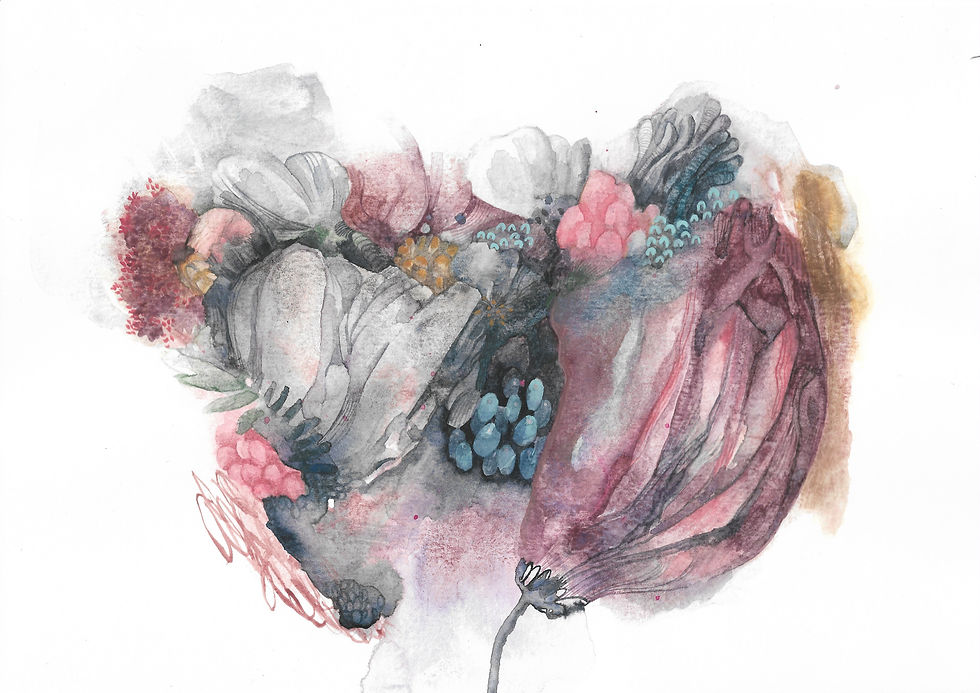Why semi-abstract and loose art are perfect for beginners and refreshing your practice
- Rachel Kerslake
- Mar 31
- 4 min read

Art is often something that requires experimentation, discovery, and sometimes a little guidance. If you’re worried that you can’t draw, or don’t know where to start with painting, or just want to explore something new, semi-abstract and loose art might be just what you need. But what exactly does semi-abstract and loose art mean, and why are they such effective techniques for both beginners and seasoned artists alike?
What is semi-abstract art?

Semi-abstract art is a blend of abstraction and realism. Unlike fully abstract art, where forms and figures are entirely removed from the real world, semi-abstract art retains a connection to the subject matter but presents it in a stylised or distorted way. It’s like creating a simplified or interpreted version of the world around you rather than attempting to replicate it exactly. For example, in a semi-abstract painting of a landscape, you might still see trees, mountains, or the sky, but they might not be depicted with perfect detail or realistic colours. Instead, the shapes could be exaggerated, the lines softened, or the colours made more expressive to evoke mood or energy rather than a precise representation.
What is loose art?
Loose art refers to a painting or drawing style that feels spontaneous, relaxed, and unrefined. It’s the opposite of tightly controlled, detailed, and polished techniques. Loose art invites you to let go of perfectionism, encouraging freedom in brushstrokes, lines, and composition. The focus is on expression, flow, and the qualities of the medium. It’s about capturing a feel of the subject matter rather than every minute detail. Loose art has a sense of energy, making it feel dynamic and alive.
Why is semi-abstract and loose art great for beginners?
Less pressure for perfection - When you’re starting out in art, it can be intimidating to try to create something that looks exactly like what you see. The pressure to capture every detail can be overwhelming and, in many cases, discouraging. Semi-abstract and loose art take that pressure off by encouraging you to focus on shapes, colours, and emotions instead of exact representation. This freedom allows you to experiment without fear of making mistakes.
Boosting confidence - By removing the need for perfect realism, semi-abstract and loose art help beginners build confidence. As you explore these styles, you can see progress in a shorter amount of time, which is encouraging for those just starting out. It also allows you to find your style as an artist, rather than trying to replicate others’ techniques.
Creative exploration and discovery - Semi-abstract and loose art provide a wonderful space for creativity and discovery. You can experiment with colour palettes, textures, and forms in a non-restrictive way. In doing so, it is common to stumble upon new ideas and techniques that you might not have explored in more structured or realistic forms of art. These styles also allow for having fun by mixing different media, whether it’s watercolours, acrylics, charcoal, or pastels.
Why semi-abstract and loose art is great for refreshing your artistic practice

Breaking through creative blocks - For those who have been creating art for a while but feel stagnant or uninspired, semi-abstract and loose art offer a way to break free from creative blocks. The emphasis is not on the outcome, but on the process – making it easier to overcome the feeling of needing to create a masterpiece and instead focusing on play and exploration. This approach opens up new possibilities and inspires a fresh outlook on art.
Developing a more personal style - As you embrace the fluidity of semi-abstract and loose art, you might find yourself naturally developing a more personal and distinctive style. These techniques encourage artists to express their emotions, interpretations, and perceptions of the world, which can help unlock new layers of individuality in your work. Many artists who feel like they’ve plateaued in their practice discover that semi-abstract and loose art give them permission to be more expressive and less focused on producing traditional, realistic works. This shift in perspective often leads to work that feels more personal.
Increasing enjoyment of the creative process - When the pressure to get it right is removed, creating art becomes a much more enjoyable experience. Whether you’re working in a structured workshop environment or on your own, the emphasis on loose brushstrokes, playful shapes, and intuitive choices encourages artists to reconnect with the pure joy of making art. Many artists who struggle with perfectionism find semi-abstract and loose art incredibly freeing, as it allows for more fluidity and a focus on the emotions and energy behind the work rather than the technicalities.
Why take a semi-abstract or loose art workshop?
A workshop setting can provide you with a supportive environment to explore these techniques, especially if you're new to them. In a structured class, you can gain valuable guidance and feedback while being encouraged to step outside your comfort zone and try new things.
Whether you’re just starting out or looking to re-energise your practice, a workshop can help you:
Learn new techniques that help you let go of rigidity and embrace creativity
Explore different media and tools that suit a loose or semi-abstract style
Receive expert feedback on your work and learn how to improve your practice
Connect with fellow artists who are on a similar creative journey, offering a supportive community to grow within
Semi-abstract and loose art aren’t just for advanced artists – they are a fantastic way for beginners to start their art journey, and a refreshing approach for those who want to rediscover the joy of creation. Whether you’re looking to experiment with abstraction, let go of perfectionism, or explore a more expressive and free form of art, these styles provide the perfect platform to dive in. So why not take the leap and explore new possibilities?



